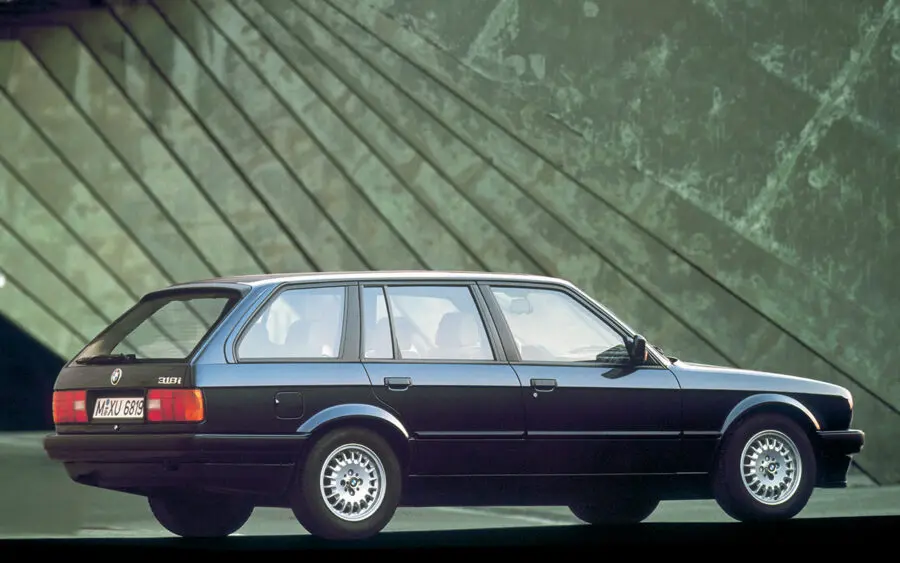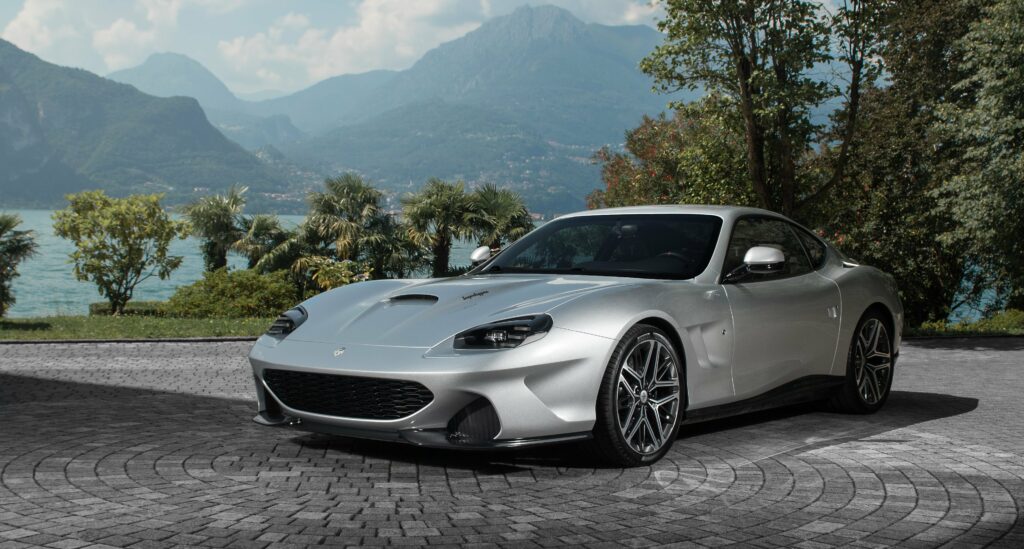
When people think of classic cars, their minds often wander to the stylish, curvy icons of the 1960s and early 1970s—the muscle cars, sleek European sports cars, and beloved roadsters that captured a golden age of automotive design. However, the classic car market is evolving, and a new era of collector cars is on the rise: the forgotten but increasingly beloved models from the 1980s and 1990s. These decades brought innovation, nostalgia, and a fresh take on performance and style. Today, more and more enthusiasts are looking to cars from these years as the future of automotive collecting. Here’s why.
1. Affordability Meets Nostalgia
Classic cars from the 1980s and 1990s often come at a more accessible price point compared to their predecessors from the 60s and 70s. Many of these models have only recently begun appreciating in value, making them attractive to younger collectors or those looking for an entry point into classic car ownership. This affordability means that enthusiasts can buy their childhood dream cars—like the BMW E30, Mazda RX-7, or Honda S2000—without the six-figure price tags associated with earlier classics.

For example, the BMW E30 3-Series and E34 5-Series, particularly in their Touring (wagon) forms, have seen a significant rise in popularity due to their engaging driving experience, reliability, and practicality as daily drivers. Similarly, the Porsche 986 Boxster, with its mid-engine handling and connection to Porsche’s iconic engineering, remains a strong contender as an affordable classic.
2. Tech-Savvy Appeal to Younger Collectors
Millennials and Generation X have grown up with cars from the 80s and 90s, and as these generations enter their peak earning years, their interest in collecting cars from their youth is growing. Beyond nostalgia, many of these vehicles also offer more comfort and technology than their 60s and 70s counterparts, making them more attractive for today’s drivers. Features like air conditioning, electronic fuel injection, and better safety standards are combined with the analog driving experience of a classic car, making them desirable for both weekend cruising and practical use.
For example, the Honda S2000 has built a cult following, not just for its incredible VTEC engine and rev-happy performance, but also for its simple and reliable design. It is one of the few classic cars that offers modern-day driving comfort while delivering that raw, exhilarating feeling of a true sports car.
3. The Rise of the Restomod Movement
A growing trend in the collector car market is the restomod—classic cars upgraded with modern performance, safety, and convenience features. This trend has particularly impacted 80s and 90s models, with younger owners keen to enhance their vehicles without losing their distinctive charm. This flexibility makes cars from these decades even more attractive because they offer a solid base for customization, often allowing for the addition of modern brakes, engines, and interiors.
One exciting example of this is the Ferrari 550 Maranello, a beloved 90s icon that has been reimagined by Touring Superleggera as the Veloce12. The Veloce12 keeps the spirit of the Ferrari 550 alive, but with modern enhancements. Its design pays homage to the original Maranello, but with sharper, more contemporary lines. Under the hood, the car features the same V12 engine, now upgraded to deliver 503 horsepower, paired with a six-speed manual gearbox. This restomod perfectly blends the nostalgia of the original 90s Ferrari with cutting-edge performance

The Veloce12 is a true collector’s piece, with only 30 units planned for production. The price for this exclusive restomod starts at €690,000, plus the cost of sourcing a Ferrari 550 donor car—estimated at around €120,000. With its hand-finished leather interiors and precision-engineered updates, the Veloce12 is a prime example of how restomods can breathe new life into a classic
4. Sustainability and Electric Conversions
Sustainability is becoming an important factor in the future of car collecting, and 80s and 90s models are prime candidates for electric conversions. These conversions are turning heads at auctions, with some fetching over $200,000. Cars from this era can offer a best-of-both-worlds approach, where enthusiasts maintain the aesthetic and driving appeal of a classic while adopting modern, eco-friendly powertrains.
The potential for electric conversions is particularly strong with 80s and 90s classics because of their more robust and modular designs, making it easier to replace internal combustion engines with electric motors. This trend will likely grow as environmental concerns push more collectors towards sustainability while still enjoying their passion for classic cars.
5. Cultural Relevance and Icon Status
The 1980s and 1990s were filled with pop culture moments that immortalized certain cars. Movies like Back to the Future made the DeLorean a cult icon, while cars like the Toyota Supra became legendary through the Fast & Furious franchise. These cars are not just vehicles; they are cultural touchstones that carry deep emotional value for many collectors today.

Notably, the Alfa Romeo Montreal, designed by Bertone, has experienced renewed interest. This Italian classic from the 70s but prominent in the 80s due to its distinctive wedge design and sleek curves, is now admired by younger generations as a symbol of Italian automotive craftsmanship. The rarity and design of the Montreal ensure its status as a desirable collector’s item, blending Italian style with a futuristic edge.
The Future Is Now
As the market for classic cars evolves, models from the 1980s and 1990s are carving out their place in the world of automotive collecting. Whether it’s due to their affordability, modern comfort, or the ability to adapt to new technologies, these cars are increasingly seen as the future of the hobby. With younger collectors entering the scene, the demand for these models will likely continue to rise, pushing their values up while also expanding the definition of what it means to own a classic car.
If you’re considering starting a collection or looking for the next big investment, look no further than the 80s and 90s. The future of classic car collecting is here, and it’s turbocharged.
What 80s or 90s car is on your radar? Let us know in the comments!


